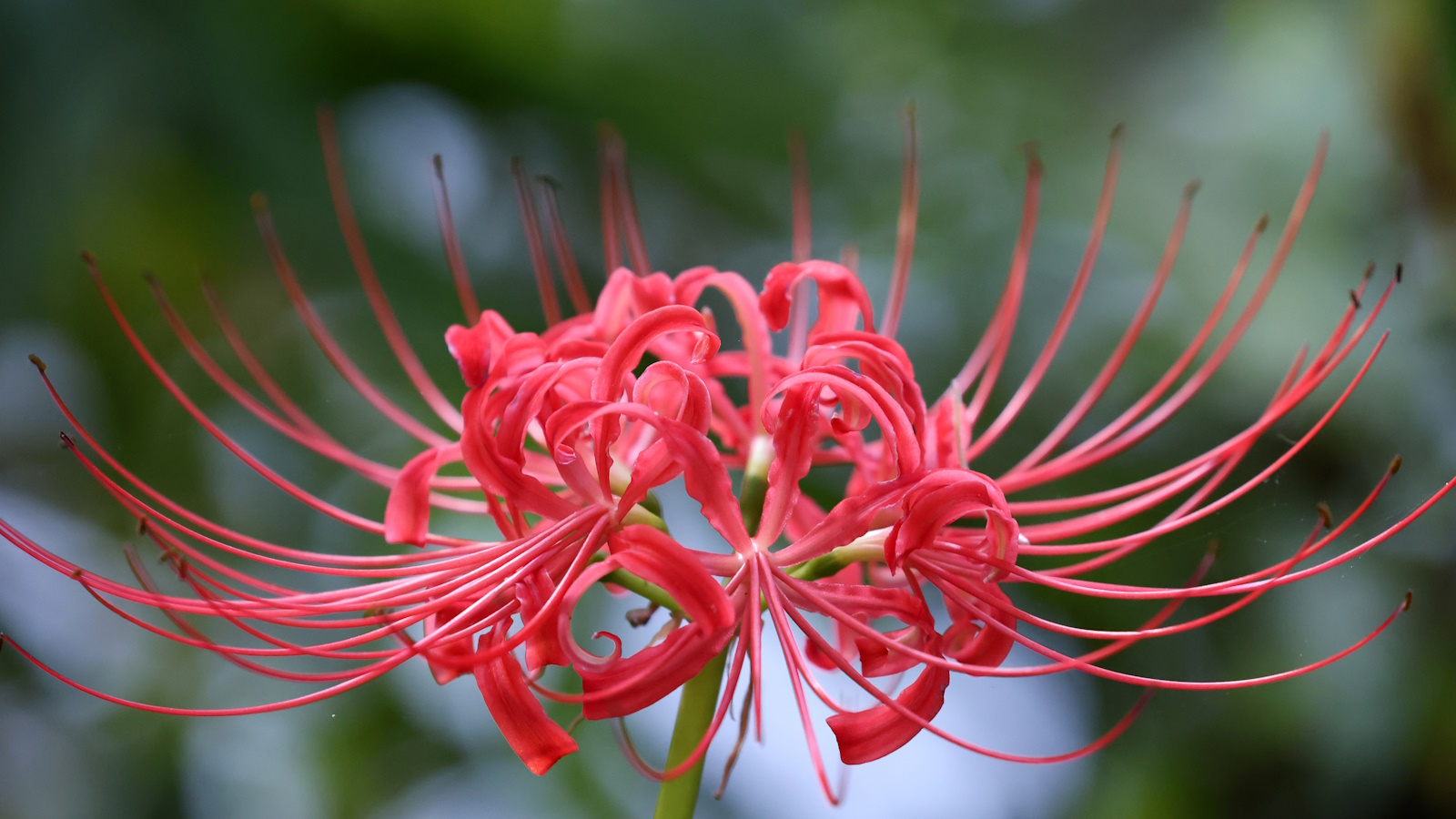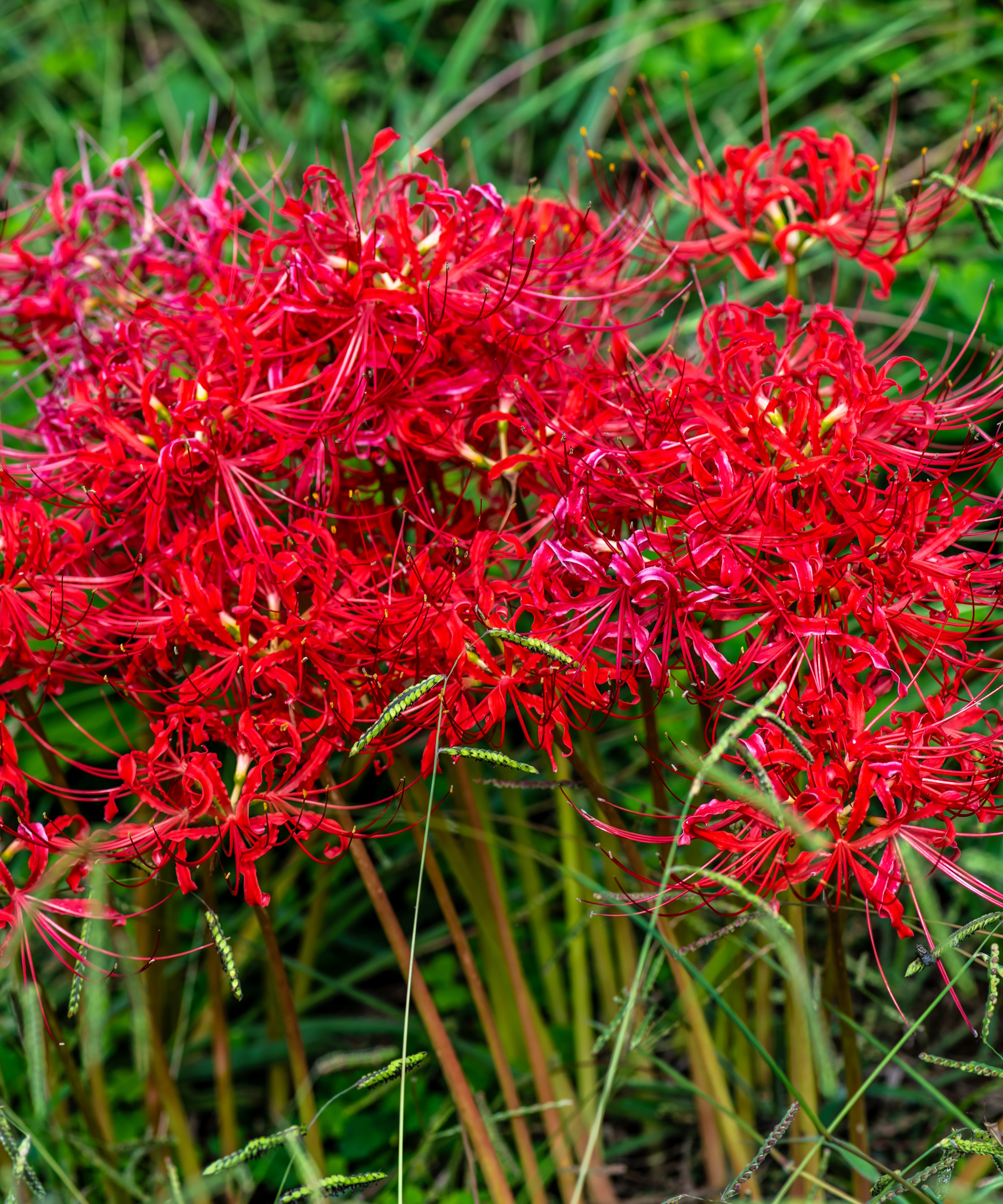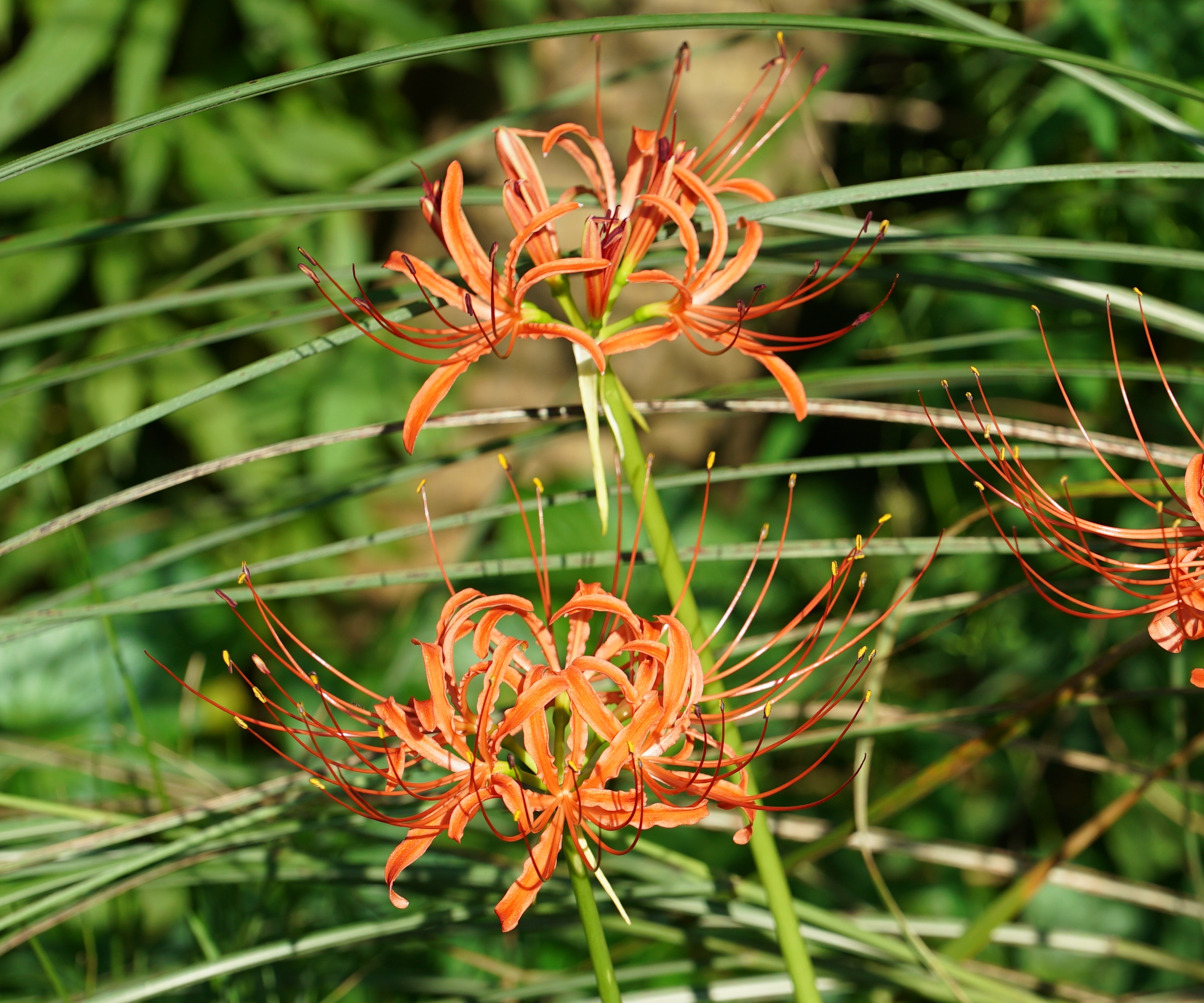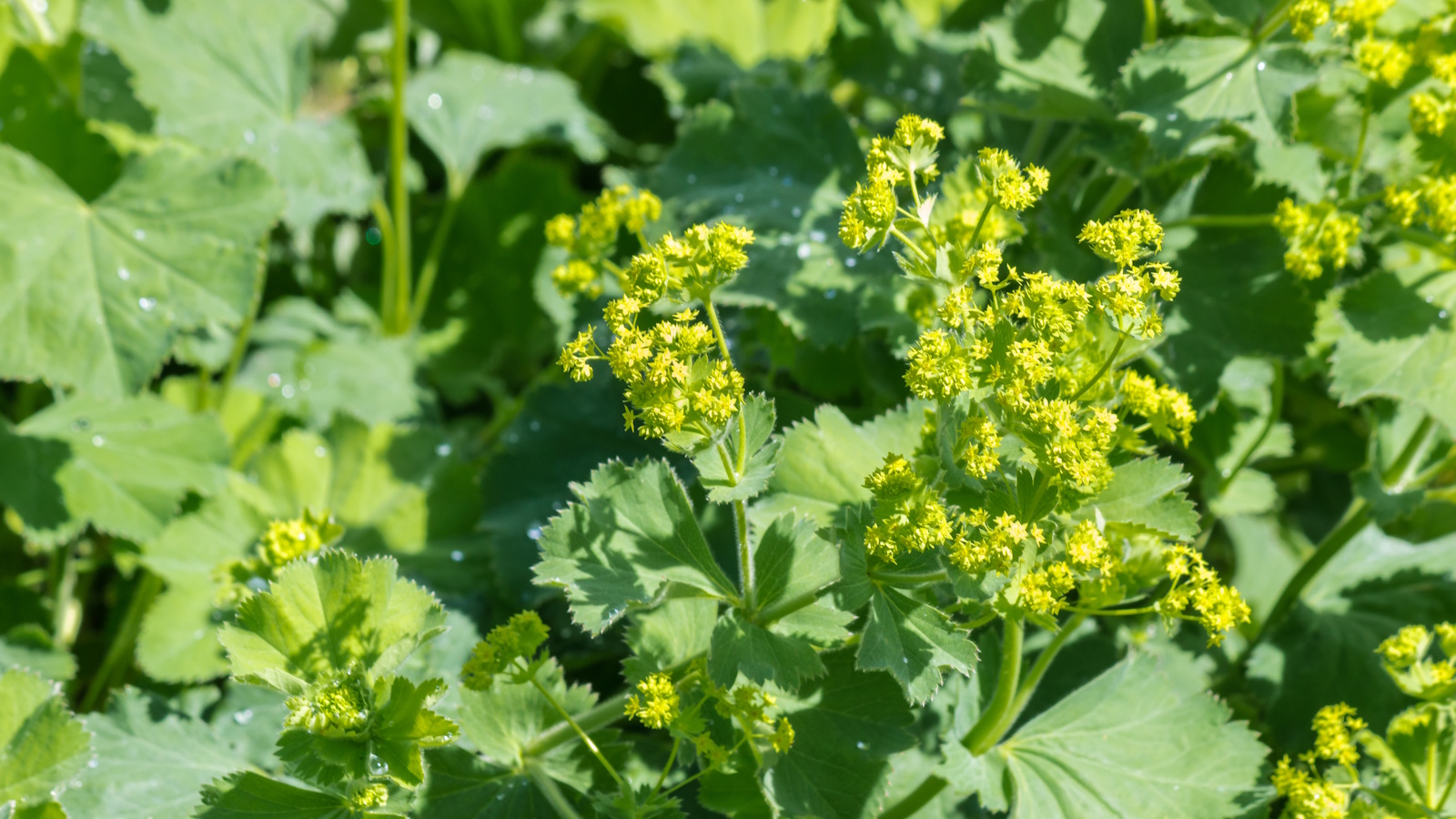How to grow spider lily – expert advice on cultivating the breathtaking Lycoris bulb
Colorful blooms grace the fall landscape, exactly when the garden needs a lift of fresh color


Lycoris, whose various species are known by common names such as spider lily, surprise lily, naked lady and others, are that group of perennial bulbs one explores after having conquered the cultivation of the other usual suspects - spring-blooming daffodils, tulips, hyacinths or the summer-blooming gladiolas. Lycoris tend to be less commonly found from nurseries and online sources due to their lengthy production time and, quite honestly, their finicky nature.
‘One of the things that makes them so special is that they are so difficult to grow, they are pricey, and they are not often seen,’ says Dan Benarcik, Horticulturist for Chanticleer Garden in Wayne, Pennsylvania. 'So, when they are seen, when they've been established for years and actually get into a blooming rhythm, they're just strikingly breathtaking.’
As a group, Lycoris bloom in vibrant colors in late summer to early fall. That’s also the best time to plant these bulbs, an indication for just how long they take to send forth their flowers. There are many other unusual bulbs to plant in fall that will complement Lycoris, letting you create a rich tapestry of fall color when other flowers are fading away.

How to grow spider lily
The various Lycoris spp., hardy in US zones 6-10, are native to eastern and southeastern Asia, including Japan, Korea and Vietnam through to portions of eastern Iran. These origins speak to the genus’s growing requirements. ‘They want a wet winter and a hot, drier summer,’ says Dan Benarcik.
‘It’s almost a rule of thumb with many bulbs, needing that drier summer to go into a dormancy.’
They’ll bloom as the regions’ rainy season begins. In the southern US, where they’ve been naturalized since being introduced from Japan in the 1850s, they set bloom during the peak of the hurricane season, giving them another of their commons, hurricane lily.
Growing habits of spider lily

Many of the Lycoris species bear reflexed petals and long, arching stamens, giving it the look of a spider’s curved legs. Flowers bloom in luscious reds, golden yellows, clear oranges, light lilacs and crisp whites, depending on species.
Dan says many Lycoris are quite difficult to find with the exception of L. squamigera, known as naked lady lily, ‘which is grown very easily,’ he says. ‘It's a very satisfying bulb, and you're going to have much more success with that. They put up quickly, they produce quickly and have a wide range of tolerance. As long as their summers are relatively hot and dry, they're going to be fine. It also makes them a marketable product.’
Another that is quite common is Lycoris radiata, common name spider lily or red spider lily. ‘I personally love L. radiata.’ Dan notes. ‘It’s one of the shortest varieties. It has a vibrant, sanguine-red flower for us in the mid-Atlantic region in late September to early October. It sends up a flower at a time that you know, things aren't really sending up flowers. It is a vibrant color that is wonderful in the landscape.’
Lycoris radiata Red Spider Lily bulbs are available from Amazon.
Others Dan appreciates are Lycoris chinensis, or the Chinese yellow surprise lily, put forth blooms that range from cream to yellows and even orange-reds, and Lycoris albiflora, which is ‘absolutely wonderful, with its nearly pure porcelain white flower,’ Dan says.
He says it’s hard to find, but if you can get your hands on one, have patience as it is notoriously slow to flower.

Dan Benarcik oversees the Courtyard Gardens at Chanticleer Garden in Wayne, Pennsylvania. He has worked at the Mt. Cuba Center and also in sales at a wholesale nursery. Dan is also an accomplished educator, speaker, writer and furniture builder, and is an instructor at Longwood Garden’s continuing education program. He has contributed to many publications, including Fine Gardening, Horticulture, Martha Stewart Living and Rodale’s gardening books.
Care guide for spider lily

- Soil: ‘They're pretty carefree,’ Dan says of the naked lady lily. ‘They are larger bulbs, in general. So, you could plant them four to six inches in the ground in average soil.’ The small L. radiata and L. chinensis bulbs should be planted more shallowly, two to four inches deep. Bulb planter tools are available at Walmart.
- Light: ‘They're really most successful with good light,’ Dan says. ‘If you put them in a shady corner, they're going to be a little more reluctant with bloom.’ Dan explains that the L. radiata and L. chinensis may be able to take some dappled shade since they are sometimes found in woodland areas in their natural habitat.
- Watering: Dan advises to avoid waterlogged soils.
- Fertilizing: These are all species bulbs, and I wouldn't touch them with fertilizer,' Dan advises. ‘Honestly, the organics and the health and tilt of the soil is really going to be all they need. They're just they're a little sensitive, and you don't want to shock these’ with additional fertilizer.
- Pests: ‘These are going to be susceptible to slugs and snails and everything that munches foliage,’ Dan suggests. The larger and more robust the plant, however, the less the plant will suffer. How about that mammalian munch, deer? ‘Oh, they’ll gobble them up in a heartbeat,’ Dan says. ‘Deer generally have a lot of other options to graze on’ that time of year, as opposed to springtime bulbs, which is some good news.
FAQs
Is spider lily toxic to humans and pets?
Yes. All parts of the plant - from bulb to flower - are toxic to humans, dogs and cats. A compound within the plant, lycorine, can potentially cause vomiting and diarrhea, among other symptoms. It’s best to plant spider lilies away from paths near the back of a garden bed and out of the reach of curious children and animals.
‘The mere act of planting will shock them,’ Dan says, and so patience is key in growing them in your garden. They may take a year or two to bloom. Once established, avoid disturbing them for consistent flowering each fall.
Fall color doesn’t have to be confined to flower beds. Surround your home and patio with the best fall container plants. With 16 to choose from, you’ll be awash in color the whole season.
Sign up to the Homes & Gardens newsletter
Design expertise in your inbox – from inspiring decorating ideas and beautiful celebrity homes to practical gardening advice and shopping round-ups.

Ellen Wells is a horticultural communications consultant with 30 years experience writing about all aspects of the gardening world, and for GardeningKnowHow.com since 2024. She specializes in retail horticulture, vegetable gardening and tropical plants. Ellen is based in southern New England where she gardens in zone 7a.
You must confirm your public display name before commenting
Please logout and then login again, you will then be prompted to enter your display name.
-
 How to grow lady's mantle – for a shade-tolerant ground cover plant that will thrive in challenging borders
How to grow lady's mantle – for a shade-tolerant ground cover plant that will thrive in challenging bordersWith lush green foliage and luminous lime flowers, lady's mantle can add color and impact
By Thomas Rutter
-
 I thought I was over white kitchens, but Brooke Shields' cabinets reminded me why it's a truly timeless color choice
I thought I was over white kitchens, but Brooke Shields' cabinets reminded me why it's a truly timeless color choiceThe actress' cabinets pair seamlessly with a blue-painted accent wall, proving that this neutral shade is ever-versatile
By Hannah Ziegler